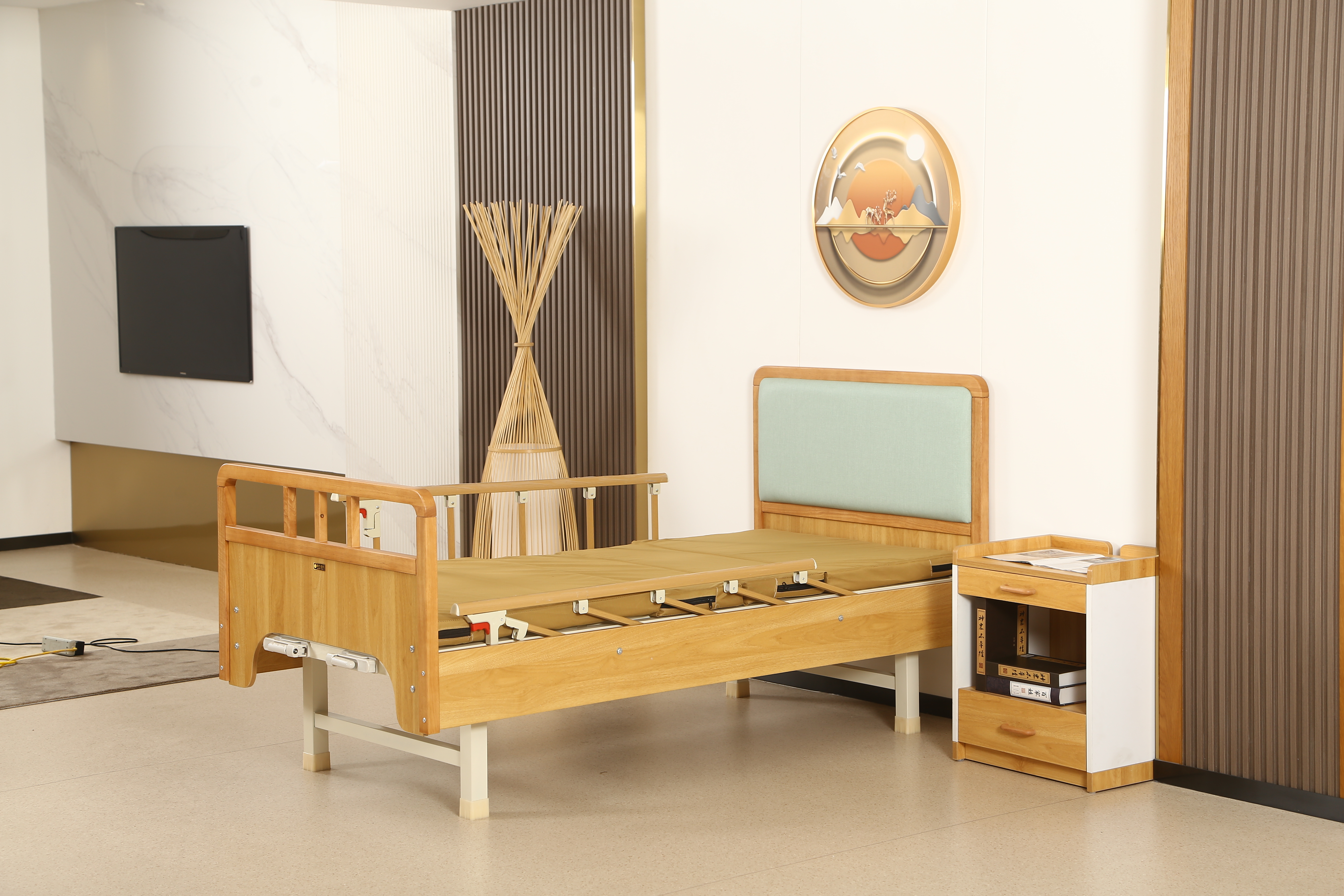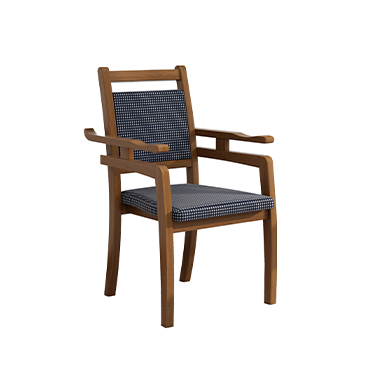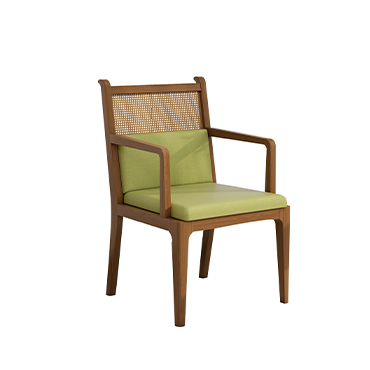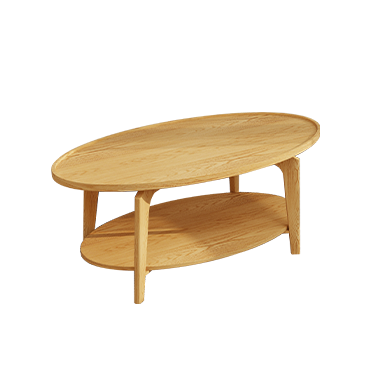Long-Term Care Elderly Furniture: Intelligent Support for High-Dependency Homecare
As the number of seniors with disabilities or chronic conditions continues to grow, long-term care (LTC) elderly furniture is emerging as a vital part of home-based care. Designed for bedridden or semi-mobile seniors, this type of furniture integrates stability, safety, and smart technology to create a comprehensive solution for families and caregivers.
1.What Is Long-Term Care Elderly Furniture?
LTC furniture is a highly functional and technology-enhanced category of elderly furniture, tailored for individuals who require full or partial assistance. It ensures comfort and safety while enabling caregivers to provide more efficient and responsive support.
Core features include:
High-stability construction: Steel frames, widened bases, and silent universal wheels ensure safe movement and reduce accident risks during repositioning or transfers;
Adjustable backrest (0–85°): Prevents pressure sores, joint stiffness, and physical deterioration from long-term bed rest;
Built-in emergency systems: Includes bedside SOS buttons, wireless alarms, and voice-triggered alerts for quick responses to medical emergencies;
Health monitoring beds: Smart beds equipped to track vital signs like heart rate and breathing, transmitting real-time data to caregivers via mobile apps for timely intervention and lifestyle adjustments.
2.Why Is It a Hot Topic?
(1)Growing Demand for High-Dependency Care
With over 40 million elderly individuals in China experiencing some degree of disability, LTC furniture provides critical infrastructure for at-home caregiving.
(2)Need for Emergency Responsiveness
LTC users face higher risks of sudden incidents—such as falls, respiratory issues, or cardiac events—making real-time alert systems essential.
(3)Push Toward Smart Aging Solutions
National initiatives promoting “smart aging” and “integrated medical care” are encouraging the development and adoption of intelligent care furniture.
3.Design Trends and Innovations
System Integration: Furniture that aligns with home nursing systems and standard medical accessories;
Smart Features: AI sensors, health tracking, voice alerts, and mobile synchronization;
Modular Expansion: Accessories can be upgraded as the user’s condition evolves;
Human-Centered Design: Maintaining warmth and privacy alongside medical-grade functionality.
4.Who Is It For?
Fully or partially bedridden elderly;
Stroke patients, post-surgical recovery cases, or chronic illness management;
Seniors living alone who need remote monitoring;
Family-style eldercare settings in community nursing homes or rehabilitation centers.
Conclusion
Long-term care furniture is more than just equipment—it’s a complete caregiving solution. By combining safety, comfort, and intelligence, this new generation of eldercare furniture brings peace of mind to families and empowers caregivers to provide professional-level support in the comfort of home.





